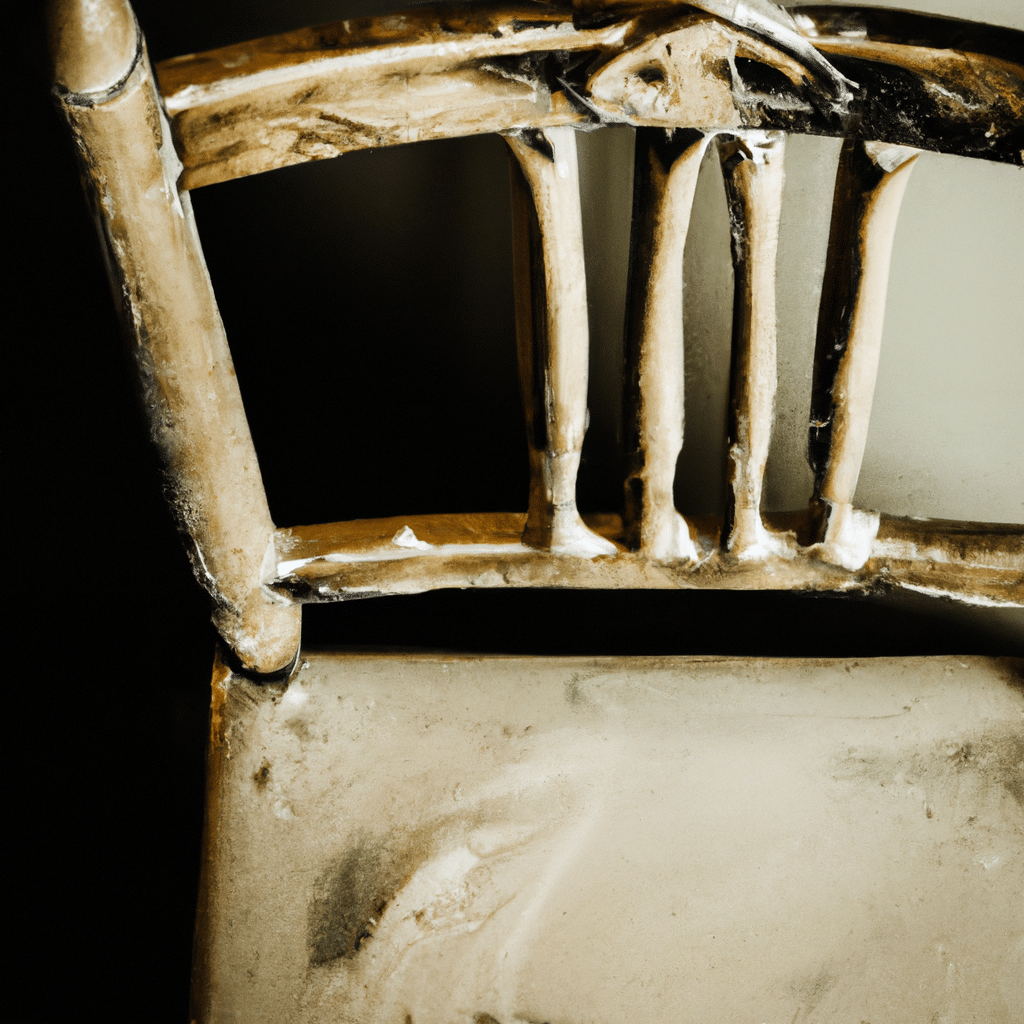Welcome to our comprehensive guide on furniture restoration! In this article, we will delve into the fascinating world of salvaging and breathing new life into antique treasures. Whether you’re a passionate collector or simply looking to revive a family heirloom, we’ve got you covered. Our expert tips and techniques will help you transform worn-out furniture into stunning pieces of art. Get ready to embark on a journey of creativity, craftsmanship, and preservation.

Understanding the Importance of Furniture Restoration
Antique furniture holds a special place in our hearts, as it represents a link to our past. Each piece carries a unique story, craftsmanship, and historical value. However, over time, these cherished items can suffer from wear and tear, losing their original charm. This is where furniture restoration comes into play. By restoring and preserving these treasures, we ensure their longevity and pass them on to future generations.
Assessing the Condition of Your Antique Furniture
Before diving into the restoration process, it’s crucial to assess the condition of your antique furniture. Carefully examine each piece, noting any damages, missing parts, or structural issues. Take photographs from different angles to document the original state. This evaluation will help you create a detailed plan and determine the necessary steps for restoration.
Gathering the Right Tools and Materials
To successfully restore your antique furniture, you’ll need the right tools and materials. Here’s a list of some essential items you should have on hand:
- Safety Gear: Safety should always be a priority. Wear protective gloves, goggles, and a dust mask to shield yourself from any potential hazards.
- Cleaning Supplies: Begin by cleaning the furniture using a mild solution of warm water and gentle soap. Avoid harsh chemicals that may damage the wood or finishes.
- Repair Tools: Depending on the damages, you may require wood glue, clamps, screwdrivers, chisels, and sandpaper. These tools will help you fix loose joints, replace missing parts, and remove old finishes.
- Finishing Materials: To restore the beauty of the wood, you’ll need varnish, stain, paint, or wax. Choose the appropriate finish based on the desired look and type of wood.
- Decorative Elements: Consider adding decorative elements such as new handles, knobs, or upholstery fabric to enhance the overall aesthetic of the piece.
Step-by-Step Restoration Process
1. Cleaning and Stripping
Once you’ve gathered your tools and materials, it’s time to begin the restoration process. Start by cleaning the furniture thoroughly, removing any dirt, grime, or old wax. Use a soft cloth or sponge to apply the cleaning solution, following the grain of the wood. For stubborn stains, a gentle scrub with fine steel wool may be necessary.
If the furniture has layers of old paint or varnish, you’ll need to strip it down to the bare wood. Apply a suitable paint stripper according to the manufacturer’s instructions, and carefully scrape off the softened finish. Take caution not to damage the wood underneath.
2. Repairing Structural Issues
Inspect the furniture for any structural issues such as loose joints, broken parts, or missing pieces. Apply wood glue to the loose joints and use clamps to hold them in place until the glue dries. For broken parts, consider using wood filler to rebuild the missing sections. Once the filler is dry, sand it down to match the surrounding wood.
If any decorative elements are missing, try to find replacements that closely match the original design. This attention to detail will ensure the authenticity and integrity of the restored piece.
3. Sanding and Smoothing
To achieve a smooth, even surface, sand the entire piece of furniture. Start with coarse-grit sandpaper to remove any remaining finish or imperfections. Gradually work your way up to finer-grit sandpaper for a polished result. Pay extra attention to intricate details and hard-to-reach areas.
Remember to sand with the grain of the wood to avoid damaging the surface. Clean the furniture thoroughly after sanding to remove any dust or debris.
4. Staining, Painting, or Varnishing
Now comes the exciting part – enhancing the beauty of the wood. Depending on your preference and the type of wood, you can choose to stain, paint, or varnish the furniture.
Staining allows the natural grain of the wood to shine through while adding depth and richness to its color. Apply the stain evenly with a brush or cloth, following the manufacturer’s instructions. Let it dry completely before applying additional coats, if desired.
Painting provides endless possibilities for creativity and customization. Select high-quality paint suitable for furniture, and apply it evenly with a brush or spray. Consider using multiple coats for a more vibrant and durable finish.
Varnishing protects the wood and adds a glossy or satin sheen. Choose a varnish specifically designed for furniture, and apply it using long, even strokes. Allow each coat to dry thoroughly before applying subsequent coats.
5. Adding Finishing Touches
To truly breathe new life into your antique furniture, consider adding some finishing touches. Replace worn-out upholstery with new fabric that complements the overall design. Choose handles, knobs, or decorative elements that enhance the piece’s aesthetic appeal. These small details can make a significant difference in the final result.
Conclusion
Congratulations on completing your journey through the art of furniture restoration! By following our step-by-step guide, you have acquired the knowledge and skills needed to salvage and breathe new life into antique treasures. Remember, each piece tells a story and deserves to be cherished. With patience, dedication, and attention to detail, you can transform worn-out furniture into stunning works of art. Embrace the beauty of preservation and enjoy the satisfaction of reviving these timeless treasures. Happy restoring!








